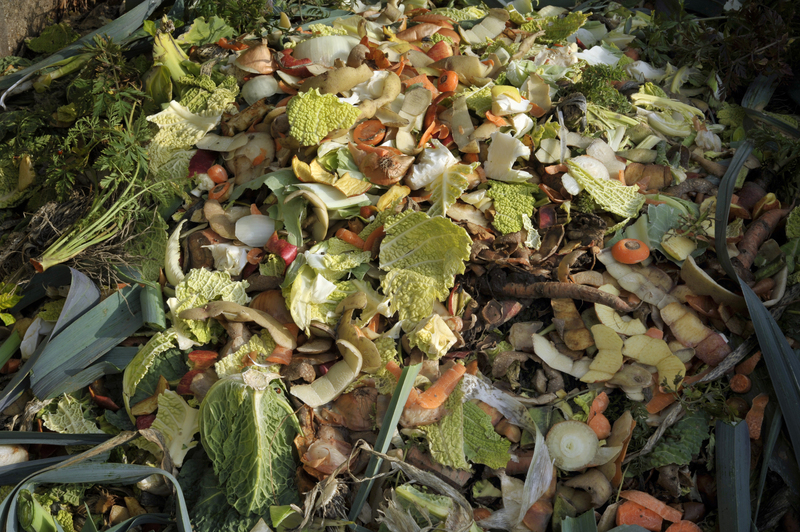The Path to Eradicating Microplastic Pollution
Microplastic pollution is a pressing issue that affects our environmental health globally. This ubiquitous menace poses threats not just to marine life but also impacts human health significantly. Understanding and eradicating microplastic pollution is crucial for fostering a sustainable future. Below, we explore the major strategies and efforts necessary to combat this environmental challenge.
Understanding Microplastic Pollution
Microplastics are small plastic pieces less than five millimeters long which can be harmful to our oceans and aquatic life. These pollutants often originate from larger plastic debris that degrades into smaller fragments or from microbeads found in certain cleaning products and cosmetics.
Sources of Microplastic Pollution
- Industrial Waste
- Vehicle Tire Dust
- Sewage and Wastewater
- Cosmetic Products with Microbeads
- Clothing and Textile Fibers
The pervasive nature of microplastics means they can be found almost everywhere, from the deepest ocean trenches to the highest mountain peaks, underscoring the need for global action.

Strategies to Eradicate Microplastic Pollution
Legislation and Regulation
Implementing strong legislation and regulations is imperative to reducing plastic production and mandating alternatives. Several countries have already initiated bans on microbeads and single-use plastics, which are significant contributors to microplastic waste.
Promoting Alternatives
Innovating and promoting sustainable alternatives to plastic can drastically reduce the input of microplastics into the environment. Emphasizing the use of biodegradable materials, especially in packaging and textiles, can be a transformative approach to mitigating this pollution.
Enhancing Waste Management and Recycling
Effective waste management and recycling systems are key strategies in preventing plastic waste from entering the environment. Recycling not only reduces the need for new plastic production but also curtails the amount of waste that turns into microplastics over time.
Public Awareness and Education
Raising awareness among individuals and communities can empower societies to take action against microplastic pollution. Education initiatives can inform the public about sustainable practices and the impact of microplastics on health and the environment.
Scientific Research and Innovation
Research plays a pivotal role in understanding the scale and impact of microplastic pollution. Developing advanced filtration and cleanup technologies, such as those used in wastewater treatment plants, can significantly reduce the amount of microplastics that reach open water bodies.

The Role of Individuals and Communities
Individual actions, when multiplied across communities, can make a substantial difference. Here are some steps you can take to reduce microplastic pollution:
- Reduce the use of single-use plastics.
- Choose products with biodegradable packaging.
- Advocate for wider regulations on plastic use.
- Engage in local cleanup efforts to remove plastic debris from natural environments.
- Support companies and products that prioritize environmental sustainability.
Conclusion: A Collective Effort for a Plastic-Free Future
Eradicating microplastic pollution requires a collective effort from governments, industries, communities, and individuals. As awareness grows and more innovative solutions are developed, it becomes increasingly possible to diminish this environmental threat. By combining legislation, education, and sustainable practices, we can pave the way for a healthier planet and safeguard the future of all living beings.
The journey to eradicating microplastic pollution is challenging but achievable with persistent global collaboration and commitment.